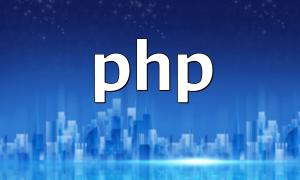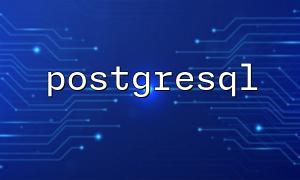When configuring SQL and PHP on CentOS, ensuring system stability and security is crucial. This guide will explain in detail how to configure SQL and PHP in the CentOS environment, helping you quickly set up an efficient development environment.
First, ensure your CentOS system is installed and updated to the latest version. You can update your system using the following command:
After updating the system, you can begin installing the necessary packages, including PHP and SQL components.
Installing PHP on CentOS is straightforward. Use the following command to install PHP and its common extensions:
After installation, run the following command to verify if PHP was installed successfully:
If the PHP version information is displayed, the installation was successful.
To configure SQL in a CentOS environment, you can choose to install MariaDB, a lightweight version of MySQL. Execute the following command to install MariaDB:
After installation, enable and start the MariaDB service:
To enhance the database security, it is recommended to run the MariaDB security script:
Follow the prompts to complete the security setup, including setting the root password, removing anonymous users, etc.
In your PHP code, you need to set up the database connection. Here's a simple example showing how to connect to MariaDB in PHP:
To conveniently manage your database, you can install PHPMyAdmin. First, install the required dependencies:
After installation, you need to configure PHPMyAdmin to allow web access. Edit the configuration file:
Ensure you change the following setting to allow access from your IP address:
Finally, restart the Apache service to apply the changes:
By following this guide, you have successfully configured SQL and PHP on CentOS. With proper setup and management, you can create an efficient and secure development environment. Make sure to regularly update your system and software to avoid potential security risks.
We hope this guide helps you easily configure SQL and PHP in the CentOS environment.










